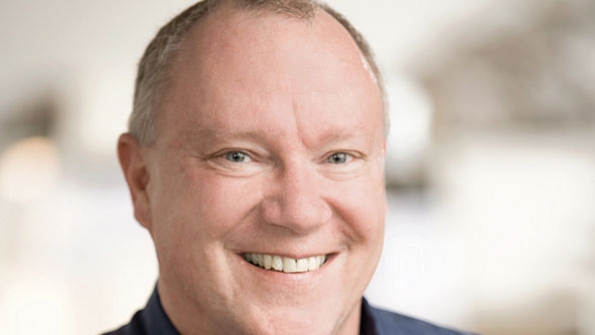Proposed 911 data program could be a lifesaver
Last week, I wrote about the problems the 911 sector is having with unintended calls known as "pocket dials," or more colloquially, "butt dials." Such calls are a big nuisance for public-safety answering points (PSAPs).
Older wireless phones provided the user with one-button, speed-dialing functionality. Many of those users assigned a button to 911. When they put their phone in their back pockets and then sat down — voila! — butt dial. Sometimes those older phones were given to children as surrogate toys and — well, you know what happened next.
When I spoke with Brian Fontes and Trey Fogerty of the National Emergency Number Association (NENA) last week about this problem, they talked about how increased education regarding the proper use of a wireless phone — starting at a very early age, when the lesson is most likely to stick — would help, as would technology advances that provide multilayer protections.
But what the sector needs most is more hard data to understand non-emergency 911 calls, whether they are intended or unintended. According to Fontes and Fogerty, NENA is on the cusp of providing it. The association has been working quietly during the past 18 months on a program that it ultimately hopes will result in inexpensive "black boxes" being installed in every PSAP nationwide. The devices would capture 911 call data virtually instantaneously — data that can be analyzed to present a much clearer picture of what actually happens in PSAPs.
"Within six seconds of a call's termination, that call's data gets added to the pile, and the PSAP would have access to valuable information," Fogerty said. "Like, are they meeting the ring-time standards, are they answering 90% of all calls in under 10 seconds, and 95% in under 20 [seconds]?"
NENA envisions that PSAPS and government entities will be able to slice the data in a variety of useful ways. For instance, they could drill down to learn the number and percentage of emergency calls that require a police or fire/EMS response; how many require a small fire apparatus or a large apparatus; or how many require a medical-evacuation helicopter. At the municipal or state level, the data could be crunched to determine which PSAPs are overwhelmed.
A particularly important capability concerns anomaly detection, Fogerty said.
"Perhaps they see a spike in calls — or a drop in calls — in a certain area at a particular time, and they don't normally see that" Fogerty said. "So, that's something they would want to take a look at."
Each black box is expected to cost about $1,000. So, with about 6,000 PSAPs nationwide, the total investment would be in the neighborhood of $6 million — not exactly the high-rent district for a nationwide program. Despite the relatively modest investment, NENA hopes that PSAPs would be able to defray the cost through some combination of federal grants.
According to Fontes, the data will "move the needle" in terms of how the 911 sector interacts with state and local government officials.
"Everyone assumes that 911 always is going to be there," Fontes said. "And everyone knows that each 911 call is important, regardless of whether it's a butt call, or a serious, legitimate emergency call … But they don't have any valuation of that importance."
On that note, the data is expected to provide ample evidence of how even a small change to PSAP operations and procedures could result in a profound difference in the 911 sector's ability to help save lives. As an example, Fogerty pointed to sudden cardiac arrest, calling it perhaps the best-understood emergency medical issue. He said that physicians are well aware that a "clear, linear mathematical relationship" exists between how long it takes for the victim to receive treatment after the onset of the event and the victim's likelihood of survival.
"So, once you have information on the amount of ring time for 911 calls, the length of time before help is dispatched, and the amount of time before help arrives, it is trivial to build a calculator that would tell you — given the population demographics — whether adding another call-taker would reduce ring times enough to justify the cost," Fogerty said.
Maybe it's because I'm on the dark side of 50 and carrying an extra 25 pounds — or so — but I am rooting for NENA to find the money for this project. Even if this data saves only one life in every jurisdiction, wouldn't it be worth the thousand bucks? I believe that's what they call a rhetorical question.
What do you think? Tell us in the comment box below.















